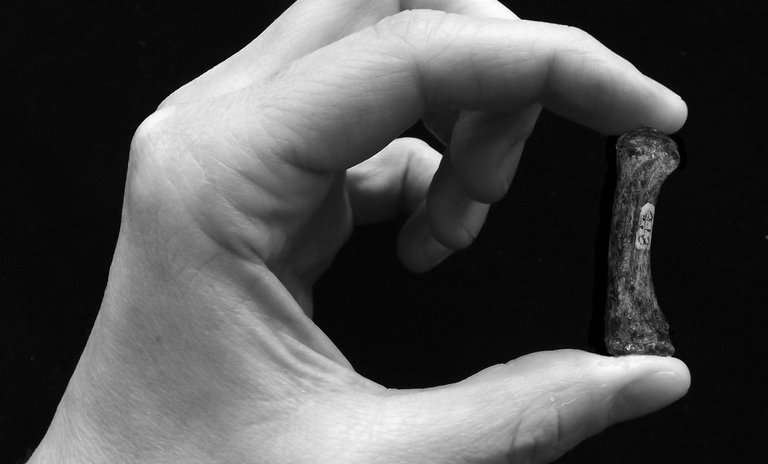Hominid instruments prior to the expected

Some hominins were able to use the tools long before expected, according to a work published by a group of international researchers in the journal Science. They have seen that the structure of the bones of the hand of the Australopithecus africanus and other hominins of pleistocene is similar to that of the human being, which allowed them to use hands like man.
According to the results of this study, about 3.2 million years ago these hominins were able to grip and tighten precisely with their hands and, therefore, use tools. Thus, although the first known stone supplies are of the order of 2.6 million years, it seems that their use capacity may be earlier.
To this conclusion they have reached analyzing the internal structure (trabecular) of metacarpons. The use of hands in one way or another directly influences the internal structure of these bones of the fingers. And, therefore, analyzing this structure, you can know how the hands were used.
The structures of the metacarpones of the Australopithecus africanus and other hominins of Swartkrans (there is doubt whether A. robustus and/or Homo is premature) suggest that they still used the hands to walk in the trees, but that they were able to grasp with precision and force the thumb against the other toads.
Buletina
Bidali zure helbide elektronikoa eta jaso asteroko buletina zure sarrera-ontzian











